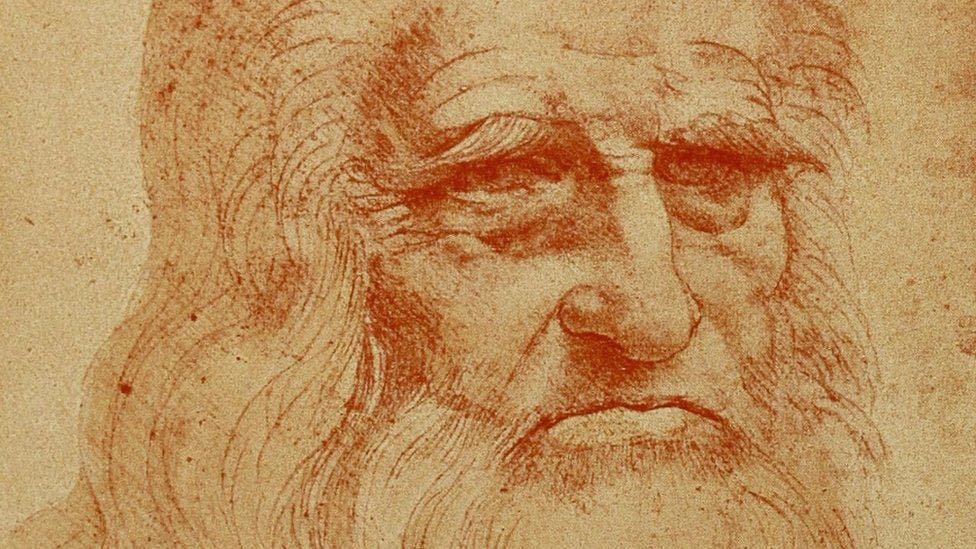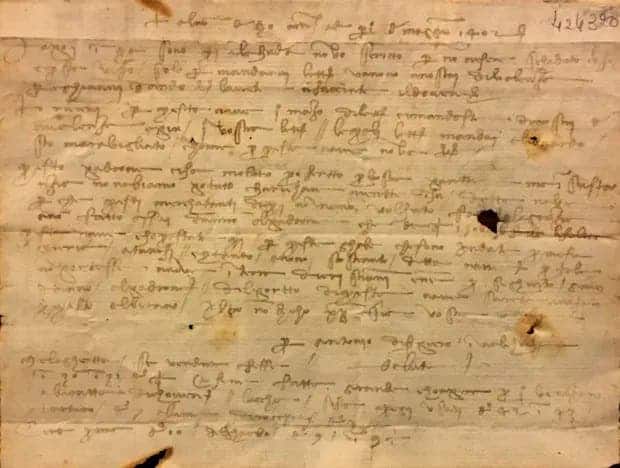
Although Leonardo da Vinci never married or fathered any children of his own, he had at least 22 half-brothers that proliferated the family’s genes centuries after the famed renaissance artist and inventor passed away. According to the results of a decade-long investigation by researchers in Italy, the da Vinci family tree includes at least 21 generations spanning across 690 years. At least 14 da Vinci male descendants are still alive today, according to the researchers, which could greatly aid the search for Leonardo’s DNA.
Leonardo’s family roots
The Renaissance polymath, known for paintings like “The Last Supper” and “Mona Lisa,” was born in the Tuscan town of Anchiano in 1452, about 18 miles west of Florence.
Born out of wedlock to respected Florentine notary Ser Piero and a young peasant woman named Caterina, da Vinci was raised by his father and his stepmother. At the age of five, he moved to his father’s estate in nearby Vinci (the town from which his surname derives), where he lived with his uncle and grandparents.
For over a decade, Alessandro Vezzosi and Agnese Sabato, both art historians and experts in Leonardo’s life, have been piecing together the puzzle pieces that form the da Vinci family tree. Using historical documents, the two Italian researchers performed genealogical detective work that documented Leonardo’s family across many generations.
Previously, in 2016, the same Vezzosi and Sabato published a preliminary da Vinci family tree that included many living but indirect descendants, including only two males in a direct line up to the 19th generation. Now, the investigation has been greatly expanded, documenting with new certainty the continuous male line, from father to son, of the da Vinci family.

Since Leonardo left no children and his remains (and DNA) were lost in the turmoil of the 16th century, the researchers used Leonardo’s father, Ser Piero da Vinci, as the starting point of the investigation. They then moved across the family tree until they identified progenitor Michele, born in 1331.

According to Vezzosi and Sabato, Leonardo and half-brother Domenico were part of the 6th generation of the da Vinci family. By the 15th generation, the researchers documented over 225 individuals. Following the branches until today, the researchers documented a 690-year-old genealogical history, which included 21 generations and five family branches.
This new investigation corrects errors and fills gaps in previous work and will go a long way in supporting ongoing efforts to identify Leonardo’s DNA. One way to do so would be to compare DNA from his family’s descendants and that from remains that may belong to Leonardo.
The Y chromosome is passed on to male descendants and remains virtually unchanged through 25 generations, which is well within the 15 generations timeline since Leonardo’s death.
Once scientists certify Leonardo’s DNA, they may begin to perform other interesting investigations. These may include probing Leonardo’s physical prowess, premature aging, left-handedness, diet, health, and any hereditary diseases, as well as his extraordinary vision, synaesthesia, and other sensory perceptions.
The findings appeared in the journal Human Evolution.


